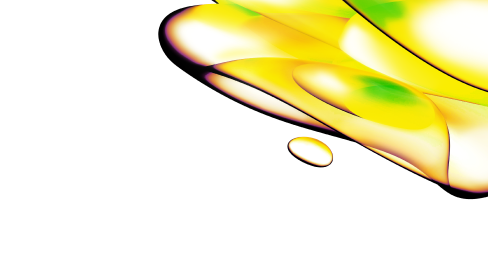Resource Center
Explore Resource Types
We have housed the technical documents (SDS, COAs, Manuals and more) in a dedicated section.
Explore all All Resources
Filters
Select resource types
Select products & services (2)
Select solutions
Active Filters (2)
Clear All
1 - 9 of 9 Results
Sort by:
Best Match
ImmuSignature™ MLR: Rapid high-throughput assessment of therapeutic immunogenicity
This white paper describes how a rapid immunogenicity assessment screening can provide invaluable support for IND applications.
Assessing the epigenetics of T cell exhaustion using CRISPR screens
Explore the epigenetics of T cell exhaustion and practical techniques to assess immune cell epigenetic regulators using CRISPR screens.
Rapid screening of novel therapeutics by ImmuSignature™ T cell activation assay
This application note describes the development of a robust T cell activation assay to assess the impact of novel therapeutics on T cell function.
Optimization of complement-dependent cytotoxicity assay on OncoSignature cell lines
This application note provides insight into how our complement-dependent cytotoxicity assay can help drug screening efforts by leveraging our semi-automated screening platform and OncoSignature™ cell panel.
Immune cell compound screening compendium
This application compedium provides an overview of four immune cell compound screening applications using ImmuSignature™ assays.
Redefining the genomics landscape: Navigating the future of personalized medicine
Explore the future of personalized medicine with our comprehensive whitepaper on the evolving genomics landscape and innovative services by Revvity Omics.
Mimix Reference Standards
Explore our range of Mimix reference standards that are cell line-derived for more patient-like performance.
Why using cell line-derived reference material is critical for reliable genetic testing in oncology
This white paper explains the importance of using cell line-derived reference materials for genetic testing in oncology.
Comparative analysis of DNA quantification methods for gDNA and ctDNA reference standards.
In this technical note, we investigate how different methods for quantifying our gDNA and ctDNA reference standards can yield varying results.


Looking for technical documents?
Find the technical documents you need, ASAP, in our easy-to-search library.




























